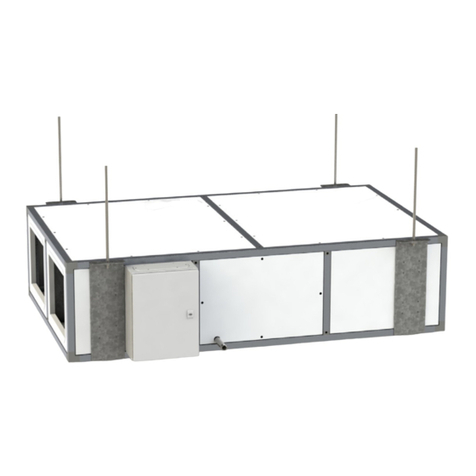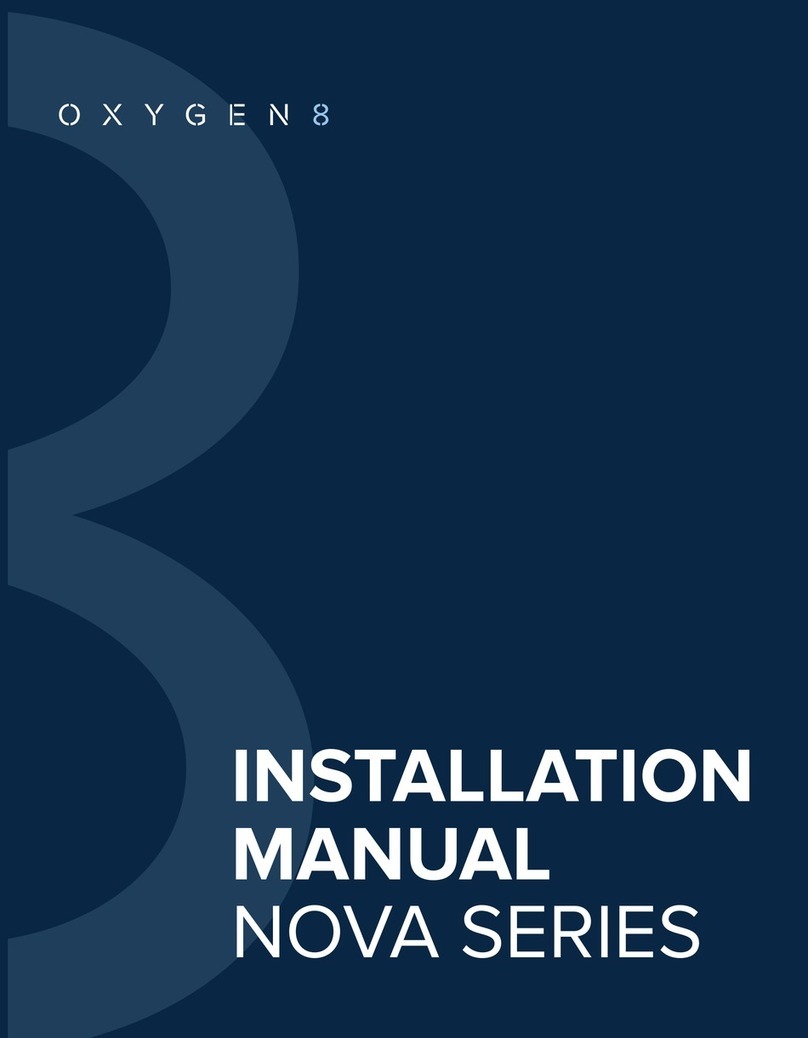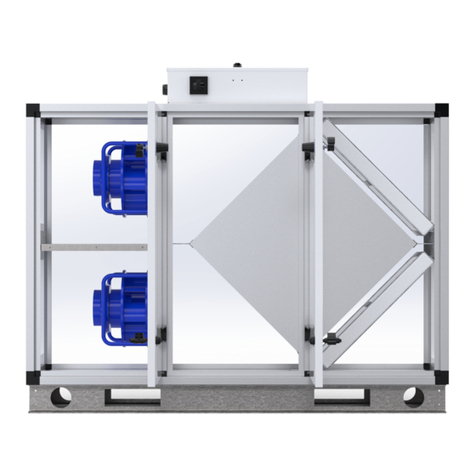
Installation Manual Serena Series
Warning
To reduce the risk of fire, electric shock or injury, observe
the following:
1. Read all instructions carefully before installation,
operation or maintenance of the unit. Failure to comply
with instructions could result in personal injury and/or
property damage.
2. Installation of the unit and the corresponding electrical
wiring must be done by a qualified person and be in
accordance with all municipal and national electrical
codes and pertinent industry standards should be
verified before installation.
3. Use this unit only in the manner intended by the
manufacturer. If you have any questions, contact the
manufacturer.
4. Moving parts: disconnect power supply before opening,
ensure all nuts and screws are securely fastened before
restarting the unit.
5. Before servicing or cleaning the unit, switch power o
at the service panel and lock the service disconnecting
means to prevent power from being switched on
accidentally. When service disconnecting means cannot
be locked, securely fasten a prominent warning device,
such as a tag, to the service panel.
6. When cutting or drilling into a wall or ceiling, make sure
that you do not damage electrical wiring and other
hidden utilities.
7. To reduce the risk of fire, use only metal ductwork.
Do not use any accessories not recommended by the
manufacturer.
8. When performing installation, servicing or cleaning
of the unit, it is suggested to wear safety glasses and
gloves.
9. Do not use this unit for commercial purposes.
10. For residential use only. The unit must be grounded.
11. Do not install in a cooking area.
12. This unit is not designed to exhaust combustion and/or
dilution air for fuel burning appliances.
Packaging Inspection
Open the box and check to make sure all of the parts and
accessories are present and in good condition. If you find
any parts missing or any shipping damage, please contact
our factory or distributor immediately.
Caution
1. Turn the unit OFF during construction or repair to avoid
filter blockage.
2. Exhaust air outside - Do not intake/exhaust air into
spaces within walls, crawl spaces, garage or into attics.
3. The unit must be installed in accordance to National
and Local Building Codes.
4. When leaving the house for a long period of time (more
than two weeks), a responsible person should check if
the unit operates adequately.
Contents
Parts List
• S300
• S500
Wiring Diagram
• Serena Series
• Furnace/Fan Coil/Heat Pump Interlock
Standard Furnace Interlock Wiring
Alternate Furnace Interlock Wiring
ERV Typical Installations
• For Residential
Fully Ducted System
Furnace Return Air-Duct Connection
Semi Ducted System
• For High-Rise Residential
Fully Ducted System
With Fan-Coil System
• Horizontal
• Vertical
• Access Door Installation
• Drain Connection
Air Flow Balancing
• Balancing Procedure
• Pitot Tube Air Flow Balancing
• Air Flow (CFM) Chart for Dierent Knob Position
Maintenance
• Regular Maintenance
• Annual Maintenance
Troubleshooting
Climate Zone
1.0 Safety Instructions
READ AND SAVE THESE INSTRUCTIONS































